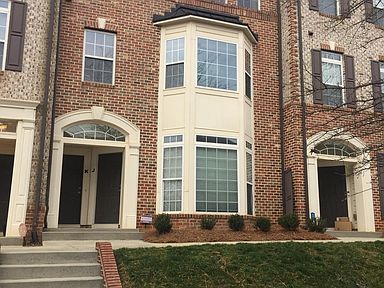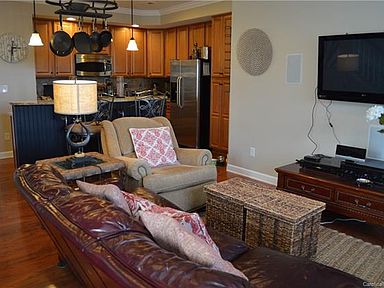
In all three areas plasterwork drew inspiration from developments which had already taken place in interior decoration using other materials, namely timber and stone. Reference will also be made to plasterwork in Wales but there were no parallel developments in Scotland until later in the sixteenth century.ĭecorative plasterwork was used in the second half of the sixteenth century to ornament three specific areas of the English interior, singly or in conjunction: the ceiling, the frieze and the chimneypiece. The majority of them were located in London and southern England (and generalisations will refer to English plasterwork) but the Midlands, the north of England and Ireland are also represented. This will be followed by a consideration of the role of royal palaces and aristocratic and senior courtier houses in the expression of these new fashions, in the medium of plaster, in the second half of the century.Īlthough the number of examples of decorative plasterwork which fall within this last category is rather small, the houses in which they occur are scattered widely across the British Isles.

In the first part of this chapter the innovative ceilings which were designed for Cardinal Wolsey and Henry VIII in timber and plaster in the first half of the century will be examined, and the contribution of Nicholas Bellin of Modena to the development of English plasterwork assessed. This study will, therefore, concentrate on the evidence (material and documentary) which points to the influential role played by the court in the dissemination of new fashions in ceiling decoration in the sixteenth century. It may well be that the great quantity of excellent plasterwork surviving in West Country houses of gentry and yeomen, dating from the middle of the sixteenth century onwards, represents experimentation with the new decorative medium that was to prove influential in the region but further research is needed in this and many other localities to test this hypothesis further. The regional studies of plasterwork which have so far been undertaken are too few in number to make such an enterprise practicable, and detailed studies of some of the most important centres, such as Bristol, remain to be attempted. No attempt will be made in this chapter to survey the history of decorative plasterwork in the sixteenth century across the whole of the British Isles, either socially or geographically. The history of decorative plasterwork in the mid-sixteenth century is one of interwoven strands, which the paucity of evidence makes it difficult to unravel, but the following account will attempt to clarify the issues and suggest some alternative interpretations of the surviving evidence.

This is to ignore the evidence of experimentation with plaster as a decorative medium in England before this date and leads to over-simplification in the account of subsequent developments. Most accounts of English decorative plasterwork take as their starting point the panels applied to the exterior of Nonsuch Palace in the early 1540s.


 0 kommentar(er)
0 kommentar(er)
